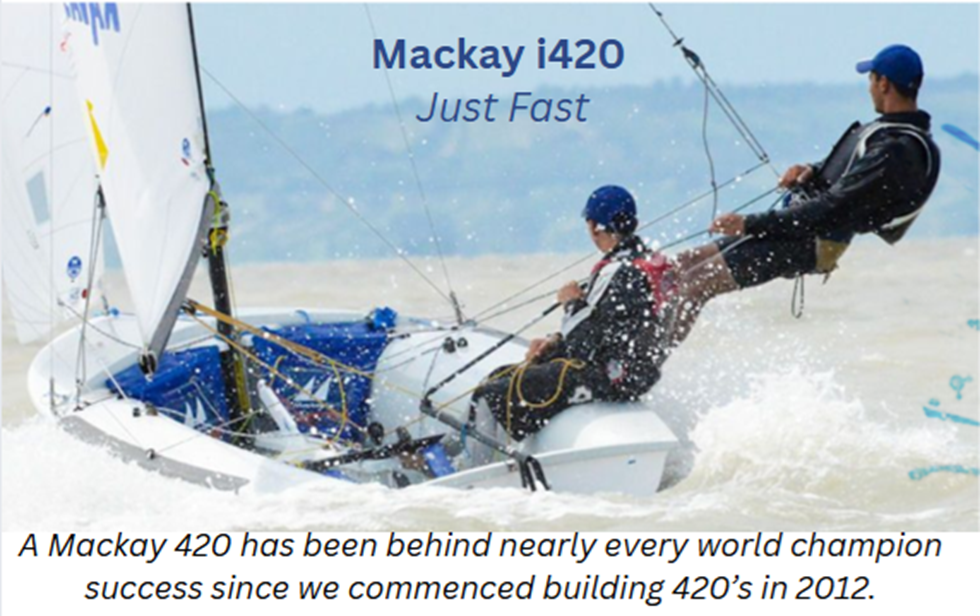FOR IMMEDIATE RELEASE
May 24, 2011
Contact: Jennifer Vandemoer Mitchell
763-234-8286
The First Round of Women’s racing finished with Yale University on top and the Final National Championship has begun.
Cascade Locks, OR (May 24, 2011) – Today’s racing began with the final races for the First Round Women’s teams, who were competing to make it in the top nine to move on to race in the Final Round of the Sperry Top-Sider / ICSA Women’s National Championships. The conditions this morning were more pleasant than yesterday with lighter winds ranging between 14-17 mph and more sun shine with temperatures in the low to mid 60s. It was a westerly breeze and although the wind was more manageable, it made the current more challenging, the women had to work harder to fight its strength on the downwind legs. The women sailed Windward/Leeward four or five courses and were able to complete the event with both A-division and B-division finishing two races making the required event total of eight races.
The first race of the day (7A) began with a general recall as the sailors were adjusting to dealing with the current in the lighter winds that was pushing them over the line. The University of Rhode Island won the first race of the day. They finished up yesterday in third overall and despite the first day leader, Yale University, finishing in 11th place in the first race, Yale was able to hold on to their overall lead. In the B-division set the wind lightened up a little more to 11 mph and had a general recall in the first race. The second start was good and they had a clean start in the last race, 8B as well. URI won the last race of the First Round and Yale University hung on to their lead winning the qualifying round. The qualifying teams (in order) moving onto the Finals are: Yale, Brown, URI, Coast Guard, ODU, Harvard, University of South Florida, Eckerd and Georgetown. Find final results at the event website: 2011nationals.collegesailing.info
After a break for lunch, racing for the Women’s National Championships began. The sun still shining, the women sailed out to the course in 4-8 mph westerly winds. The racing moved along slowly in the afternoon as the sailors have to battle the current out to the starting line and the unusually light winds were only adding to the difficulty. ODU had a strong first race in A-division, showing that their last day and a half of racing in the difficult conditions paid off. In race 2A a few boats were over early, but not enough for a general recall and Georgetown University took the victory in that race. B-division’s first race had a slight delay due to lack of wind and once they got started they experienced slow racing for their first set due to the winds not being strong enough to fight the current. Once B-division made it in for A-division to switch in there was a postponement on shore. After an hour postponement the race committee called the racing for the day because the wind did not fill in strongly enough.
The University of Rhode Island sailors, in A- division Amy Hawkins ’12 with Caroline Hall ’12 and in B-division Chanel Miller ’14 with Danielle Sougere ’12, finished the day first overall. “What helped us a lot was having sailed in the First Round yesterday and today. We knew what to do on the downwind, it was familiar racing,” says URI’s head coach Clinton Hayes. It certainly shows in the current scores that the teams who have already been sailing for a day are at a slight advantage with some practice under their belts. The top six teams are all teams who competed in the First Round.
With only one set in each division completed the regatta is certainly still wide open for competition. The racing will begin tomorrow at 9 a.m., hopefully with enough breezes to keep the racing going. Visit the event website for results, live coverage and more information: 2011nationals.collegesailing.info
The Inter-Collegiate Sailing Association (ICSA) is the governing authority for sailing competition at colleges and universities throughout the United States and in some parts of Canada. Visit www.collegesailing.org to learn more. The ICSA National Championships are sponsored by Sperry Top-Sider (www.sperrytopsider.com), Annapolis Performance Sailing (www.apsltd.com), Gill North America (www.gillna.com),







